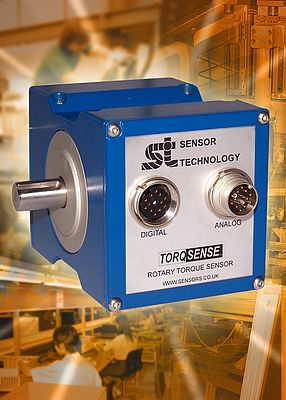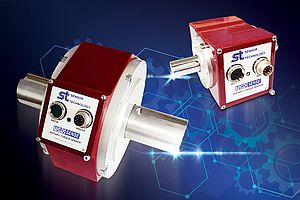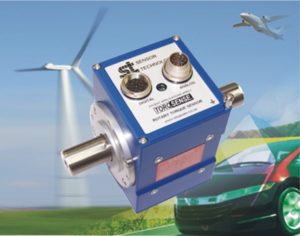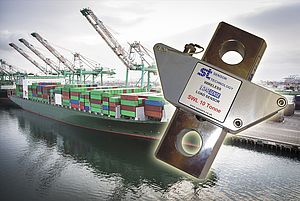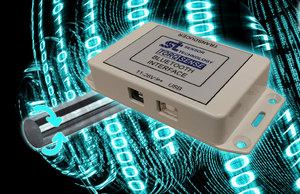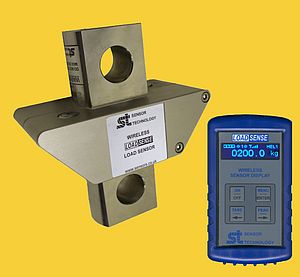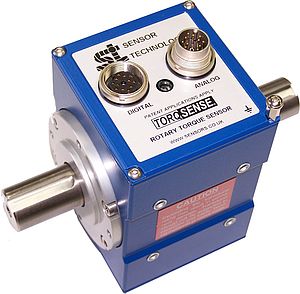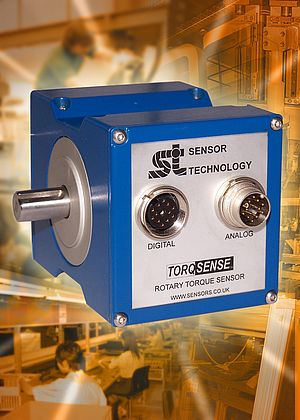According to Sensor Technology, measuring torque accurately, particularly in rotating shafts, can often be challenging, but new technology is providing a better solution. Accurate torque measurement is essential for the development of a huge variety of products, ranging from sub-sea turbines for tidal energy systems and novel motors for use in electric vehicles to animal hair clippers and thermostatic radiator valves. To satisfy this need, many methods of torque measurement have been developed, the vast majority of which actually measure the strain produced by the torque in a mechanical element such as a drive shaft, and use this measurement to calculate the torque the element is experiencing.
Traditional approaches to strain measurement have included optical methods, such as Moiré and laser techniques, and a variety of electrical methods, including capacitive, inductive, piezoelectric and resistive techniques. Many of these methods are, however, expensive or inconvenient for use outside of a laboratory. Sensing using resistive strain gauges is an exception and, for this reason, it is widely used. Despite their benefits, resistive strain gauges are, however, not an ideal solution for two main reasons. The first is that the changes in resistance that reflect the strain applied to the gauge are very small, which makes accurate measurement difficult and leaves the measuring system vulnerable to errors produced by noise.
The other problem is that it is difficult to make electrical connections to a strain gauge fitted to a moving element of the product under test. This limitation can be overcome by, for example, the use of slip rings or some form of transformer-based inductive coupling, but these methods are both costly and inconvenient. This is a serious limitation as, in many applications, the principal requirement is to measure the torque in a shaft while it is rotating, often at high speed.


